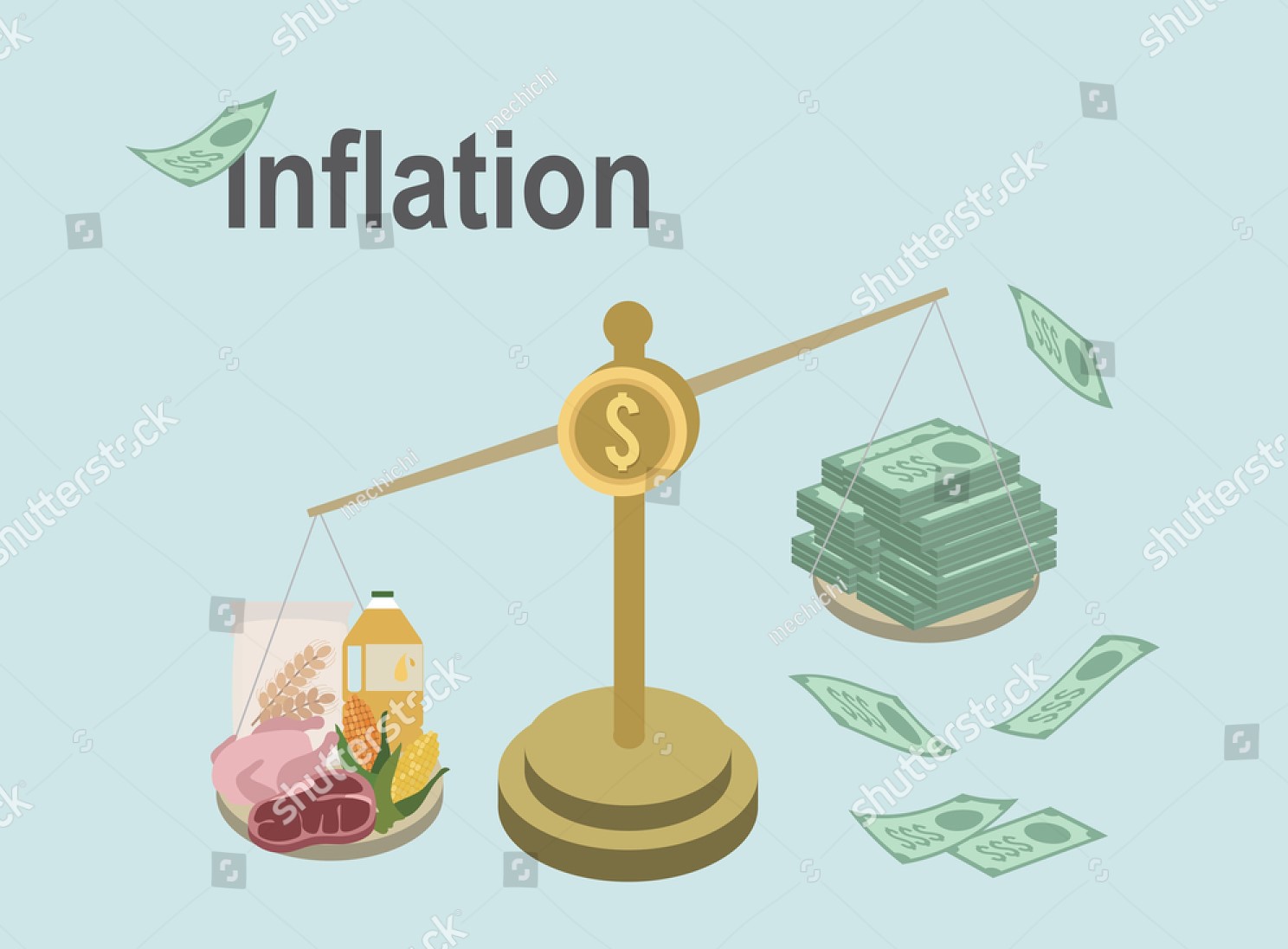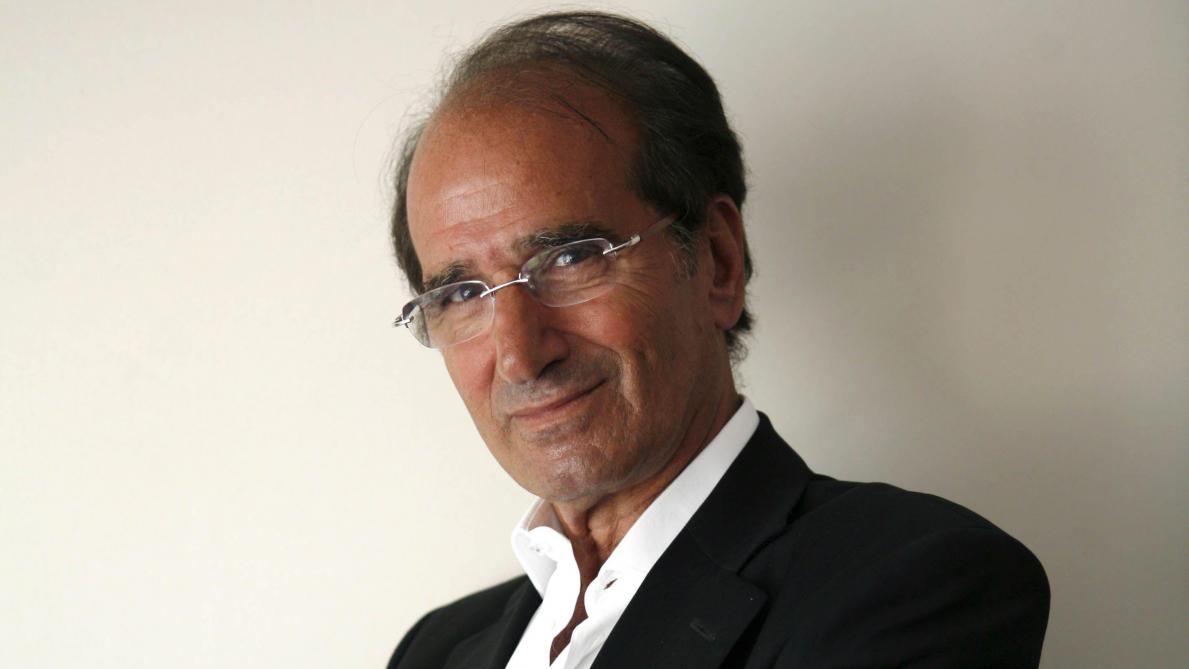
Can the US Federal Reserve bring inflation back to 2%?
by Christophe Blot At the monetary policy meeting on 16 March 2022, the Federal Reserve raised its interest rate by a quarter point to 0.5%[1]. […]

by Christophe Blot At the monetary policy meeting on 16 March 2022, the Federal Reserve raised its interest rate by a quarter point to 0.5%[1]. […]

Born on 19 August 1942 in La Goulette (Tunisia), died on 15 April 2022 in Paris The economist Jean-Paul Fitoussi passed away on 15 April […]
Copyright © 2025 | WordPress Theme by MH Themes